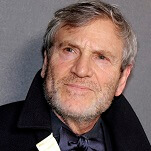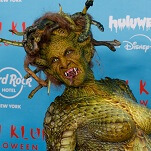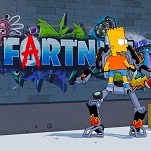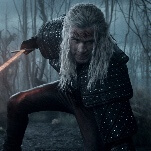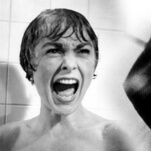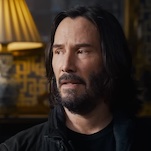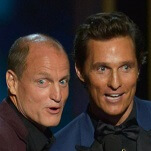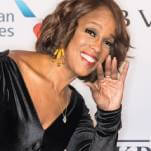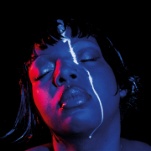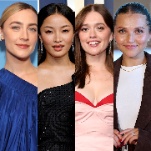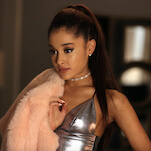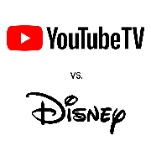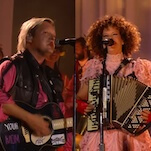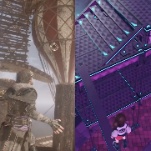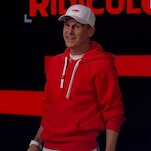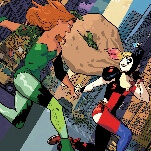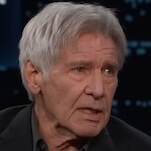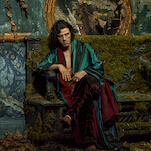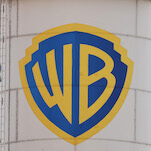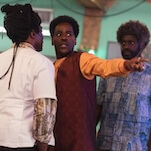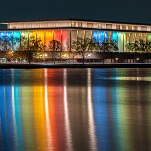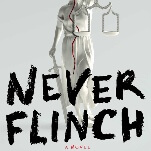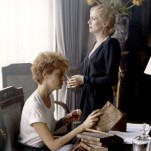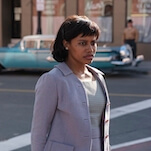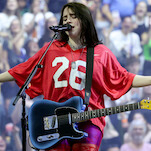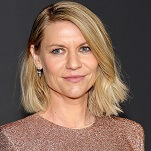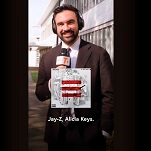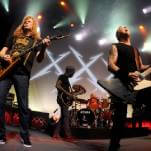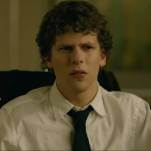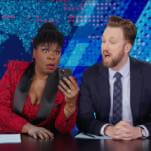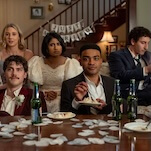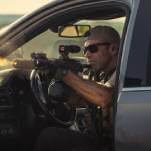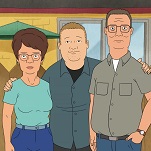Hollywood’s relentless zeal for franchising, when coupled with actors’ selfish insistence on getting old and dying, means one thing: The era of the CGI composite star is only just beginning. Disney, long the home of the
, has been leading the charge on this for years now, first giving a digital smoothing to Jeff Bridges in 2010’s
-era Carrie Fisher mere days after her death). In the last year and a half alone, it’s produced dramatically de-aged versions of Robert Downey Jr. in
The responses—largely impressed and amused, with only scattered charges of their being a blasphemous affront to nature—suggest that soon no audience will ever have to learn new movie stars’ names or confront their mortality ever again, and that every actor’s contract will hereby extend well into the afterlife.
However ghoulish this new reality sounds, it’s hard to deny that the gimmick works. There’s an instant emotional impact to seeing a face from our past wander into the present, and filmmakers are only going to be relying on it more as technology affords them the opportunity. And lest this trend quickly go the way of Fred Astaire dancing with a vacuum cleaner, let all future computerized resurrections consider Blade Runner 2049 the standard for how to do them meticulously and meaningfully. The film already seems like a lock (or it should be) in Oscar nominations for Roger Deakins’ gallery-ready cinematography and its futuristic production design. Whether it makes the Best Visual Effects lineup, which the Academy tends to reserve for Hollywood’s biggest hits (not box office disappointments like Blade Runner 2049), remains to be seen. But there’s something uniquely noteworthy about its surprise cameo from Sean Young’s Rachael, who seems to step directly out of the frame of Ridley Scott’s 1982 original and into Denis Villeneuve’s sequel near the end of the film. It’s a moment that plays heavily on nostalgia, both that of Harrison Ford’s Rick Deckard and our own: This Rachael is a second-generation clone, dangled in front of Deckard by Jared Leto’s villain as the reward that will restore to him everything he’s lost, not unlike the collective yearning for the past that our own endless cycle of sequels, remakes, and reboots represents. Ultimately, Deckard realizes the hard truth that things can never be exactly the same—“Her eyes were green,” he says in the film’s most crushing line of dialogue—and so he rejects her, to Rachael 2.0’s visible heartbreak. Their reunion is unexpectedly devastating, the emotional fulcrum of the film, and it never would have worked had this digital composite not been such a singular achievement.
Getting Rachael’s two minutes of screen time exactly right required an entire year of work from visual effects supervisor John Nelson, as well as the participation of both Young and her stand-in, British actress Loren Peta. Young, who leveraged her appearance into a production job for her son, was able to be present on set while still maintaining some outward secrecy while Peta acted opposite Ford and Leto, even helping the hairstylist recreate Rachael’s retro-’40s coif. Later, both actresses spent a day performing Rachael’s lines in facial capture rigs for the visual effects studio MPC, who also took a scan of Young’s head and used it to create an anatomically correct 3-D skull. (You can see photos of it in IndieWire, in case you don’t want to sleep tonight.) From there the team went back to pure hand animation in order to flesh out everything about Young’s memorable makeup and mannerisms, copying her sly smile and the subtle raise of her eyebrows, and even inserted three digital recreations of shots from the original film to make it all seamless. It also added some genuine flyaway hairs, for that authentic Replicant feel.
The result, admittedly, still tips slightly into the uncanny valley (though if ever there were a film where that was more appropriate…). But it’s remarkable how effective it is anyway—on both Deckard and us—in evoking the same awestruck feelings we had as we first saw Rachael stride confidently into Tyrell’s office all those years ago, as well as the twinge of grief for the time that’s passed since. In interviews after the film’s production, Young, never one to mince words, has expressed her disappointment in how little Rachael actually appears in Blade Runner 2049, calling her enhanced cameo, diplomatically, merely “okay.” Yet, with all due respect to Young and the character she created, it’s really the perfect amount. Rachael exists in the sequel largely in fragments: scraps of old audio recordings, still photographs, and, at one point, even a pile of bones. She is far more powerful as a fading memory; when that memory finally takes perfect, physical shape again, it’s a miracle that immediately rings as utterly wrong, just as Deckard himself feels. Had she been in the film even a scene longer, it wouldn’t have been nearly as impactful. And of course, it would have run the same risk as Rogue One, whose Grand Moff Tarkin only became more noticeably puppetlike the longer he hung around, and especially the more he talked. There was a slightly off jitter to Cushing’s face that also threatened to creep in on Rachael before her scene wisely ended.
Those quirks will inevitably be smoothed out, and the inordinate amount of time that goes into making these synthetic humans will only grow shorter. The CGI-de-aged or -revived actor has already become a staple of the modern blockbuster, and it stands to reason that the tech behind it will start to grow as rapidly as motion capture did in the decade prior. Much the same as it now seems, as the annual stumping reminds us, that motion-capture performances will inevitably merit their own Oscar category, it’s not unthinkable to believe that there could someday be an award for best digitally generated actors as well, if only to find new ways to keep giving them to Meryl Streep 50 years from now. If and when they do, there should be some retroactive acknowledgment paid to Blade Runner 2049, a landmark in the art of making this coldly commerce-driven digital art feel more human than human.


